Magnificent, light, humorous
The Musikkollegium Winterthur under the direction of Roberto González-Monjas plays Mozart's Haffner Serenade with light-footedness. In Othmar Schoeck's Opus 1, there are flashes of mischief.
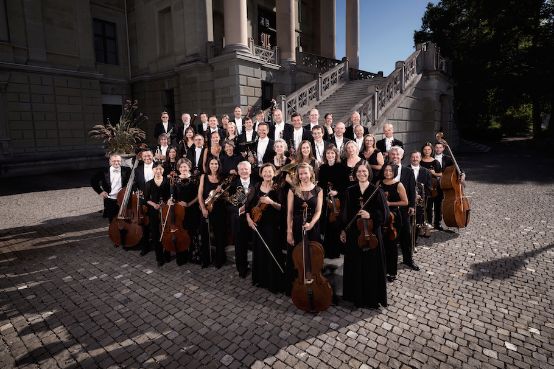
He is the comet in Winterthur's classical music sky: Roberto González-Monjas, concertmaster of the local Musikkollegium since the 2013/2014 season, who also performs as a conductor. He also works in the same capacity in Rome with the Orchestra dell'Accademia Nazionale di Santa Cecilia and as a professor of violin at the Guildhall School of Music and Drama in London. A jack-of-all-trades who has been shaking up concert life in the all-too-often overshadowed city of Zurich since taking up his post.
Now, with the Musikkollegium on the Swiss label Claves, he presents a CD that sparkles with verve and lightness. Recorded are the famous Haffner Serenade KV 250 by Mozart and the Serenade op. 1 by Othmar Schoeck, with González-Monjas acting both as conductor and solo violinist. It is astonishing how easily and accentuated the orchestra, which at times seemed rather ponderous under the former chief conductor Douglas Boyd, is now able to play.
The eight-movement Haffner Serenade is both a masterpiece and the conclusion of Mozart's serenade oeuvre. Magnificently scored (with the entire wind section) and thus colorful, it combines symphonic ambition with the entertaining lightness of this genre. As an ingenious special feature, Mozart designed movements two to four as a veritable violin concerto full of song-like quality and virtuosity, a "found food" for the violinist González-Monjas. With his filigree style and wonderfully singing violin sound, he dominates the serenade for long stretches, with sound engineer Andreas Werner emphasizing his art even more. This is a bit of a shame, because the orchestra has a lot to offer, as the witty Schoeck Serenade shows. Once composed as a final thesis in Zurich and reworked in Leipzig, the work pleases with its craftsmanship, humor and sensuality of sound: from the dance-like opening to the magnificent middle section, this eight-minute gem makes a convincing case.
Mozart & Schoeck: Serenades. Musikkollegium Winterthur, conductor Roberto González-Monjas. Claves 50-1710






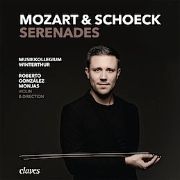

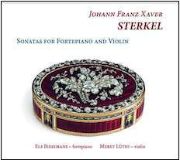

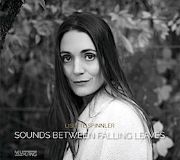
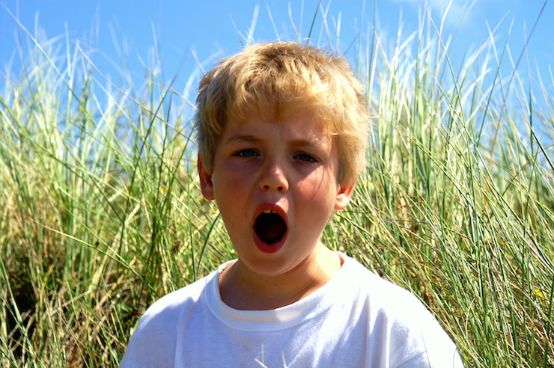
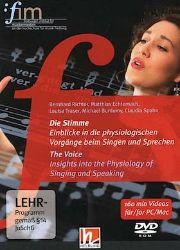

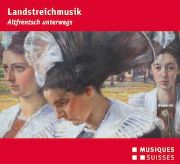

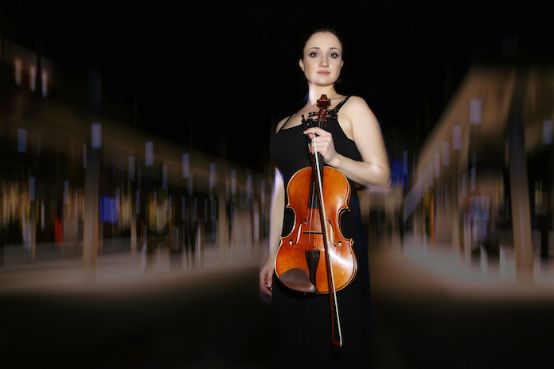

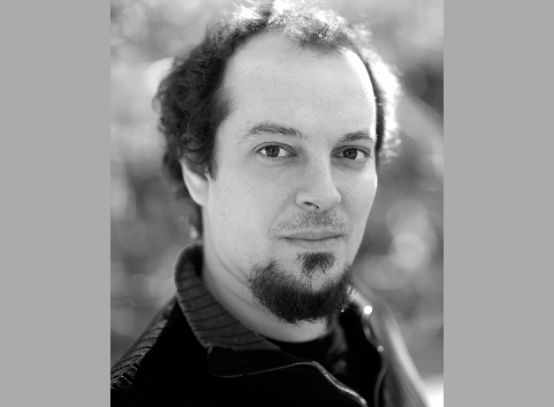

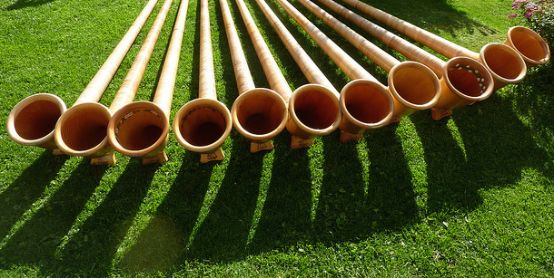
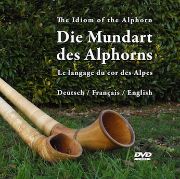
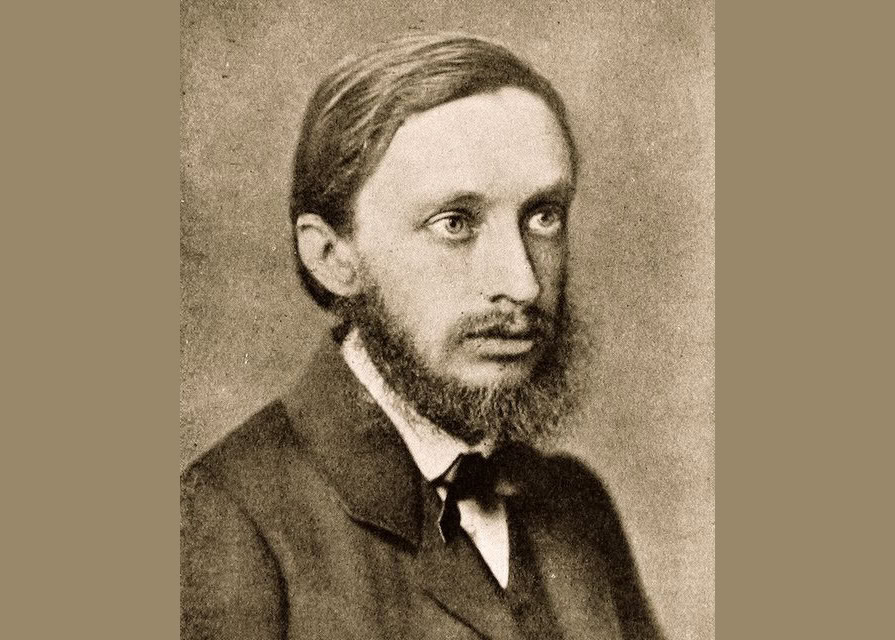

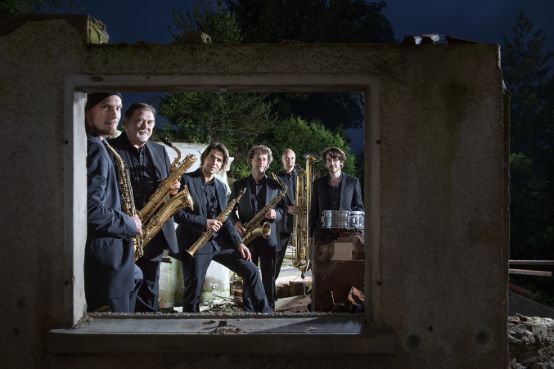
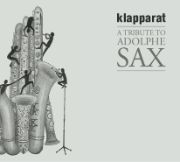
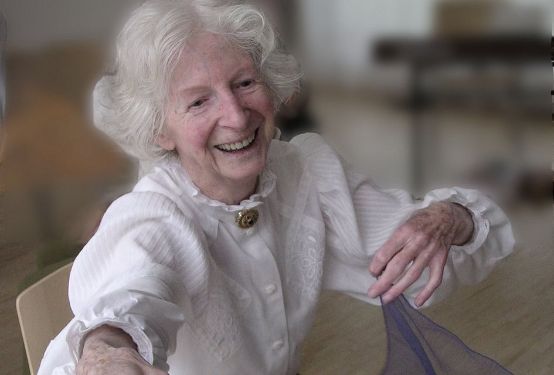
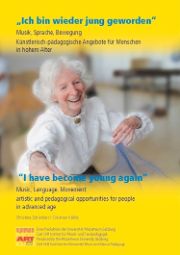
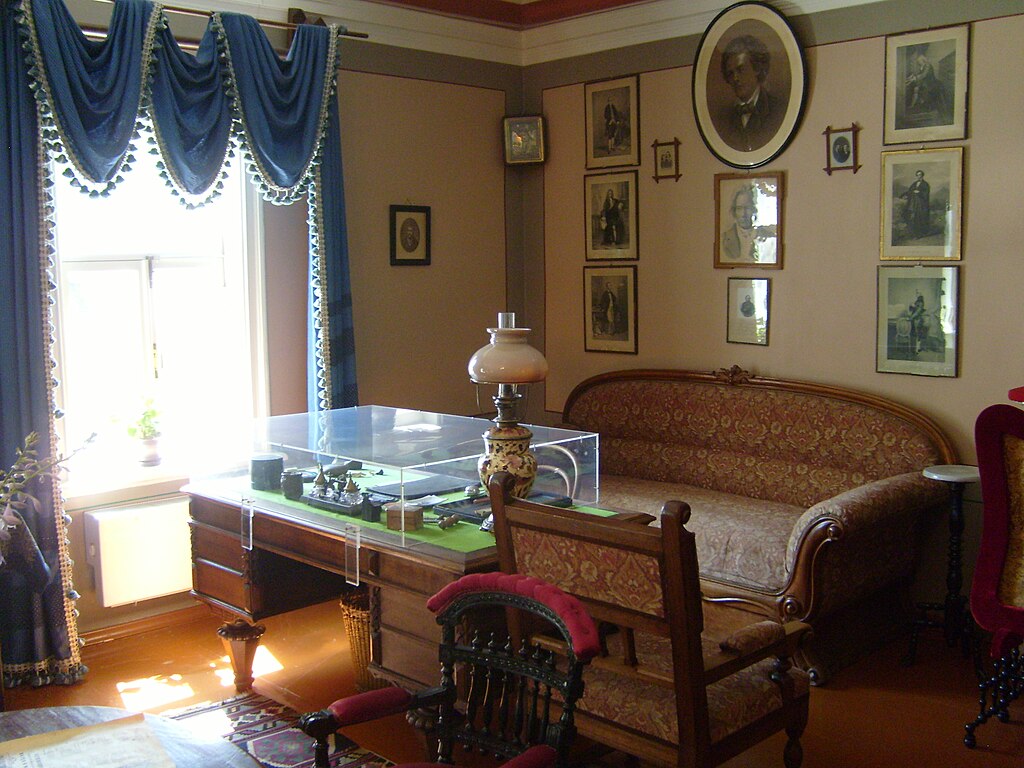
 Peter Tchaikovsky, Capriccio italien op. 45, edited by Polina Vajdman, study score, PB 5515, € 10.50, Breitkopf & Härtel, Wiesbaden 2006
Peter Tchaikovsky, Capriccio italien op. 45, edited by Polina Vajdman, study score, PB 5515, € 10.50, Breitkopf & Härtel, Wiesbaden 2006